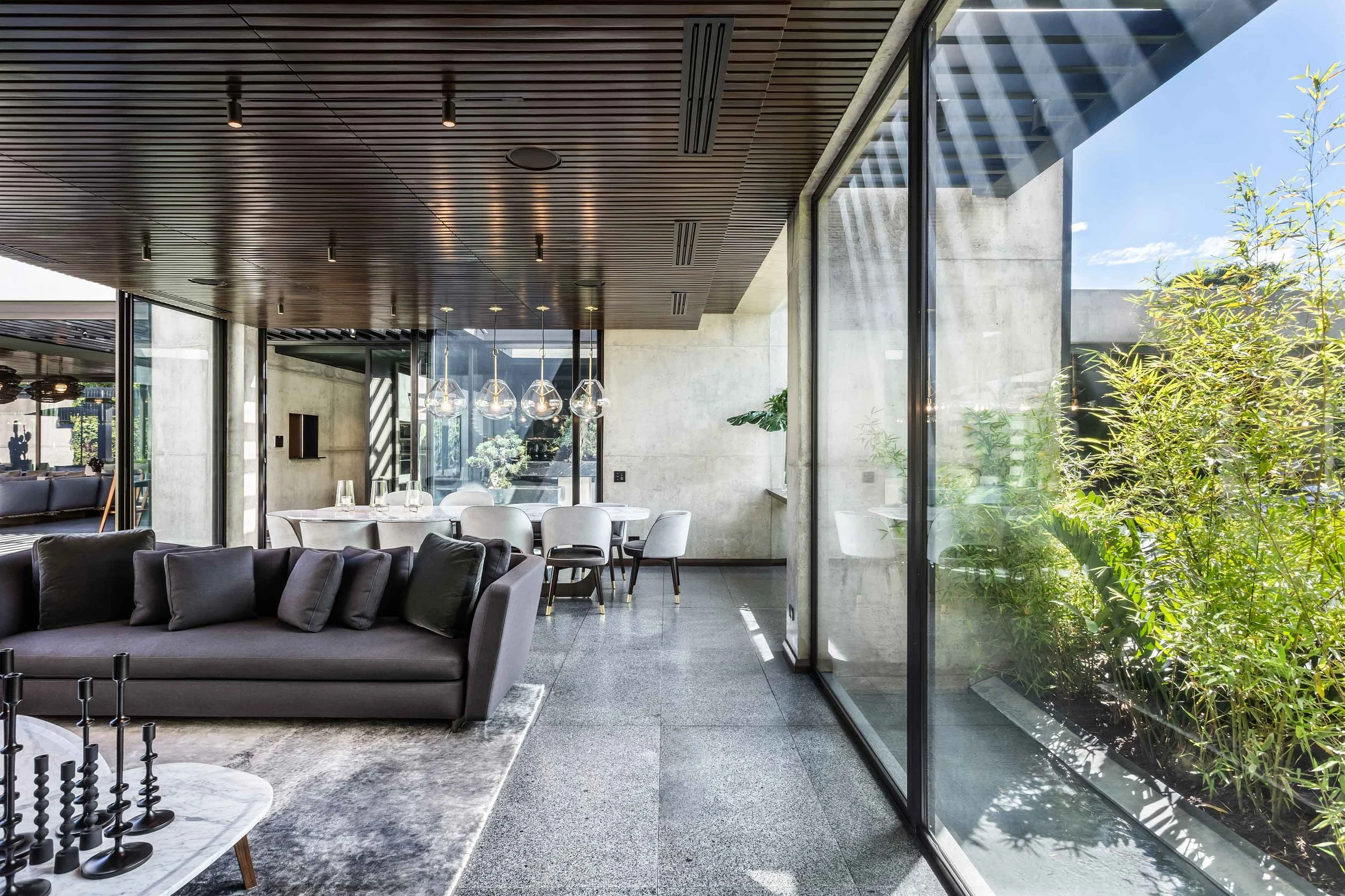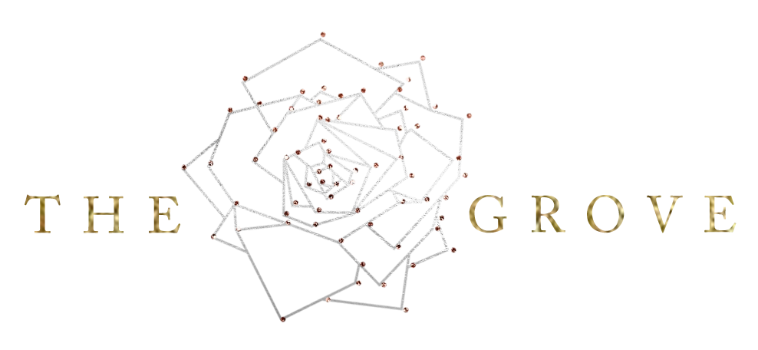We all know that there are other female architectural photographers working in different countries around the world, and those women range from beginner levels to very experienced. To get to know more about women in other countries, I did a little survey for female photographers who are part of The Grove Community and got a lot of interesting responses that I'd like to share with you. Beyond obtaining statistics, the idea was to discuss some topics between us, because as photographers we are interested in getting to know each other, to know where we are from, the way we work and to be able to support us in some way, at least starting virtually.
Let’s talk location

Client: Utopia Boutique Travel. Photo credit: Topofilia Studio
Most of the female photographers in our community work and live in different parts of the United States, while others are located in countries such as Canada, Mexico, Central America, Brazil, England and New Zealand to name a few. But something interesting is that most of us cover vast geographical regions, providing complete coverage with our services. This correlates with the fact that most of the female photographers who responded have more than 5 years of experience in the field. This means that we know how to meet the needs of the clients locally and take our services to different countries thanks, in part, to the freedom that we create for ourselves. This is especially impressive when you consider that we all dedicate ourselves to this profession full time, despite having other commitments.
The women who currently work in architectural photography have diverse experiences and professional studies. I would like to mention the most common among the group:
- BA in Fine Arts (Photography)
- Interior Design
- Architecture
Besides architectural photography, many have also worked in real estate, weddings, product and food photography, an array of experiences that contributes to the way we perform our work and give a unique vision of what we do.
Our workflow
Even though we’re in different parts of the world, we work in very similar ways. We keep the client top of mind when deciding on packages per hour, per day or per photo. These packages are always defined in a meeting with the client. The client conversations are crucial because even when the pricing is standardized within our business, variances may arise by the number of photographs required, location, working time, and equipment to be used. It is also important to define the type of project from the beginning, whether it is residential, commercial, institutional, etc. This could dictate a different direction for the project and may involve other steps such as location permits and restriction on days to shoot, in order to prevent impacting the working hours of hotels or offices.
In this work, it’s crucial to define what the use of photography will be, in order to specify licenses for the images to be taken. It is important to have these conversations with clients, whether they are architects, interior designers, real estate agents or the property owners themselves. Once the usage is defined clearly we can educate our client, making it easier for them to understand how the licenses are used, what is the importance of the copyright, and the responsibility they accept by having each of the types of licenses we offer.
Architectural photographers work with different types of licenses, from social media use to any advertising medium, all of them entail a different agreement. Licenses shared in the same project by different parties such as architects, material suppliers, contractors, etc. also add to the need for clear communication with our clients before a shoot. We won’t elaborate too much as it is a very deep subject, but as professionals, it is our duty to share this information with the client from the first meeting, since not all people are familiar with the subject. Also with the creative fees we use, there are different ways of working in this industry and that's why the client has to know how we work. Our role is to communicate the information in the clearest way possible, so we have the confidence that the client will know how to use our photographs and that we help the client with the professional images they were looking for.

Design by: Brandarchitects. Photo credit: Topofilio Studio

Client: Fragmento Arquitectura. Photo credit: Topofilia Studio
What else do we offer?
Photography is part of an industry that involves technology and innovation, many women are also starting to work with other visual tools such as architectural video, floor plans, 3d presentations - something that is becoming more and more in trend lately. As professionals we can develop with help of experimentation and good study of the subject. It is a fact that social media dictates the way in which audiovisual material is consumed, but it is in our creativity to propose how we want architecture to be seen and how we can adapt these ways to different media, such as web portfolios, digital magazines, web pages and other platforms.
Something that I would like to highlight about female architecture photographers is the support that exists within the community, the help that is given when answering questions, and the support felt when experiences from different countries are shared and we know that it happens in a very similar way in our region. The discussions about what equipment we use or how to communicate more assertively with our clients also all add to the sense of community. Personally, I feel the support that exists between female photographers is very healthy and reciprocal. Chatting with female photographers in a virtual way shortens the distance so much, and above all, it allows us to know that we can find someone on the same path, who helps us avoid certain obstacles by sharing their experience with us.
Conclusion
Architectural photography is a profession that is still mostly dominated by men, something that is gradually changing thanks to our own clients’ referrals with new prospects and because the quality of our work speaks for itself. The versatility of our service and the creative contribution we give is helping to close the gap that still exists and for which we continue to work, in order to have a more equitable job offer for all.
We are in a time when going online is our first tool for everything: to look for services, to know trends, to improve professionally. But above all, it is a time in our lives where we can take advantage of creating a community and knowing what our colleagues do, to see us not as competition but people with similar tastes and knowledge that can contribute together. A community that can share in order to grow the photography industry.

Doris is a Salvadoran architect and photographer. She is the head of Topofilia Studio, where she does architectural photography throughout Central America, focused on showing the emotional bond between people and their environment.
Website: www.topofiliastudio.com
IG: www.instagram.com/topofilia.studio





